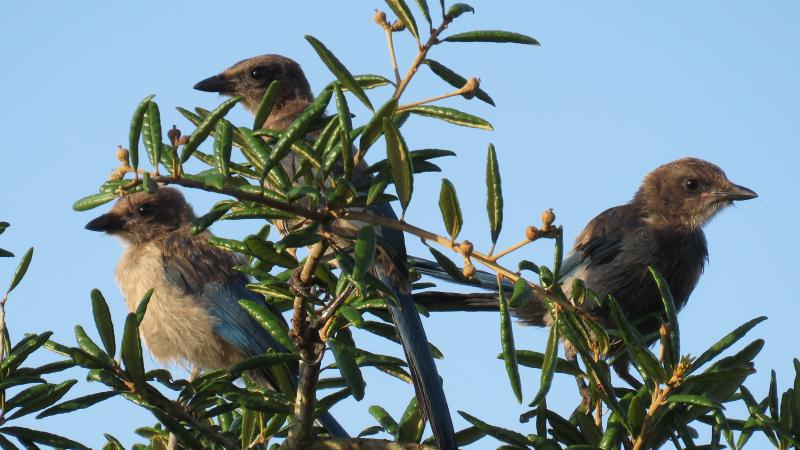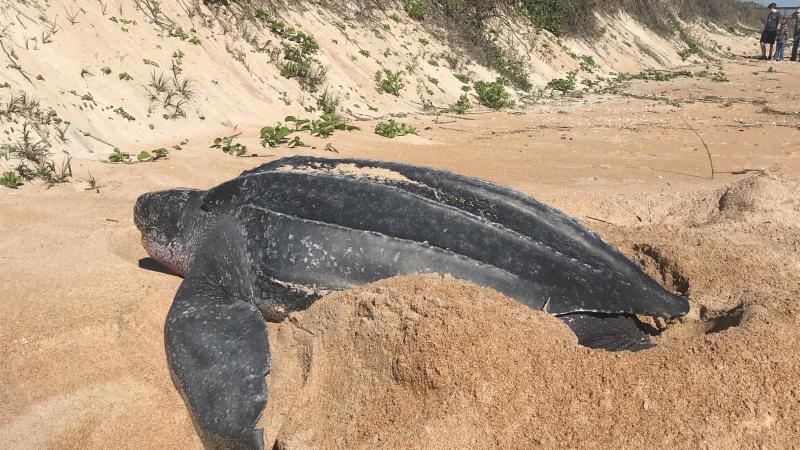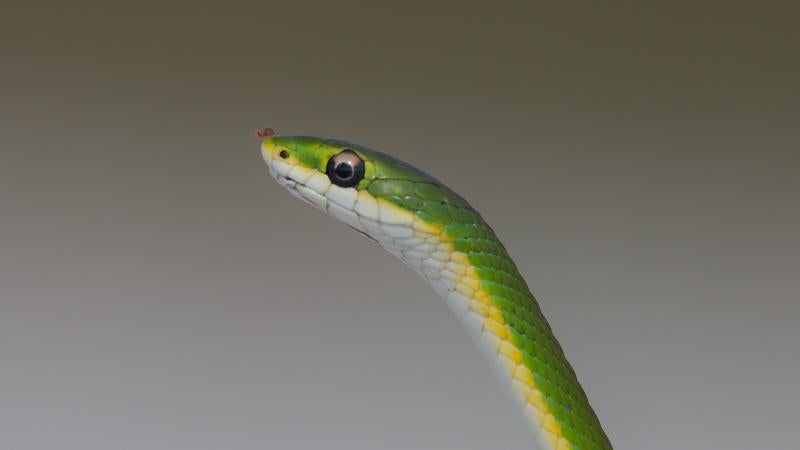Celebrating Wildlife Moms
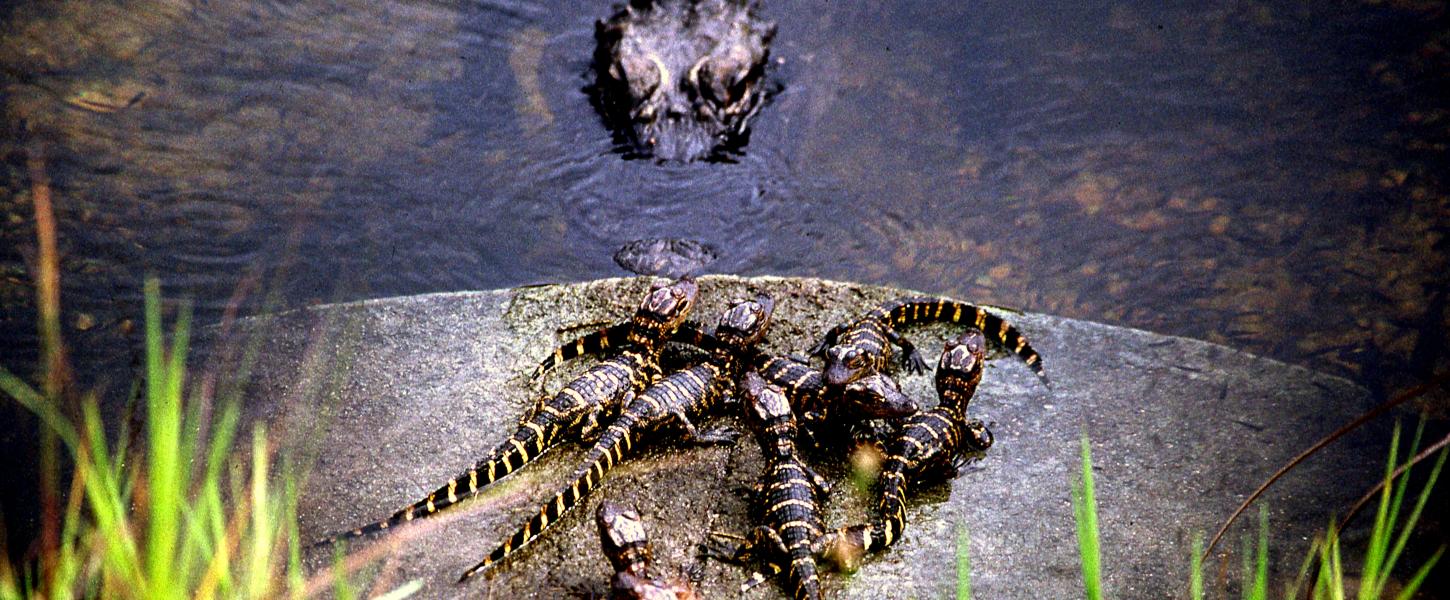
May brings an opportunity to celebrate mothers and their wildlife counterparts.
Families across the country recently came together to celebrate Mother’s Day and the hard-working women who raised us.
In honor of this annual holiday, here are five animal moms worth celebrating.
Remember, always keep a safe distance away from wildlife. Nature provides their food so please do not attempt to feed the animals.
1. Alligators
You’d be hard-pressed to find a fiercer mom than an alligator. After building a nest of sticks and plants to lay her eggs, mother alligators ward off intruders such as raccoons who would try to eat her babies before they can hatch.
Once the young are ready to break out of their eggs, their mother digs them out of the nest, gently carrying them to the water in her mouth. She’ll watch over her young for up to a year after they hatch – that’s dedication!
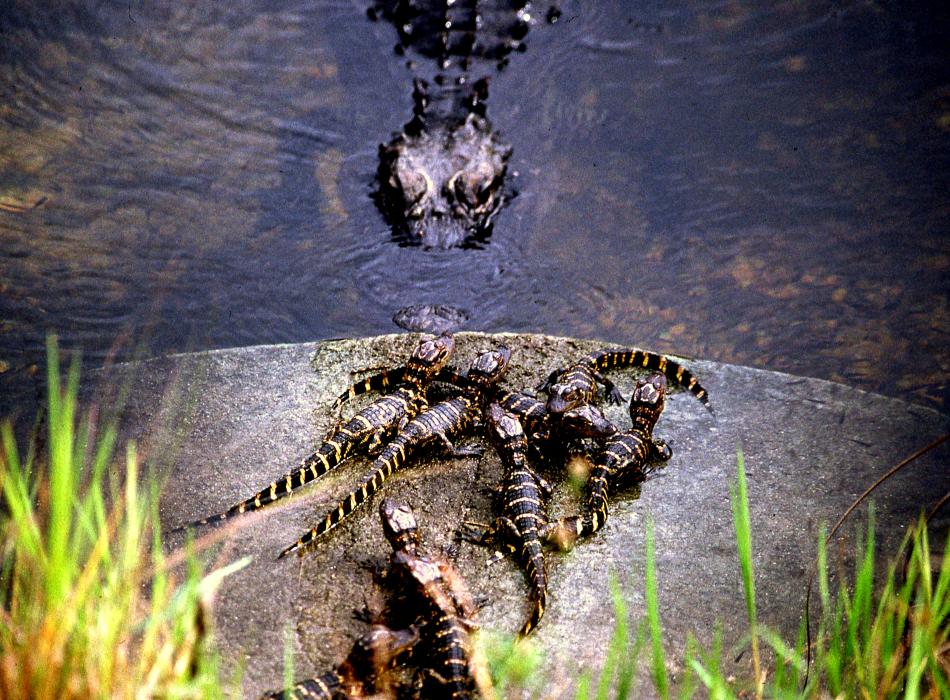
2. Manatees
Known as Florida’s gentle giants, manatee mothers are some of the most patient in the state. Pregnancy for manatee moms lasts 13 months – more than a year!
Once the baby is born, the real work begins. Manatee moms usually have one calf at a time, which makes it easier to dote on them. They’ll stay close, providing their young with food, protection and snuggles for up to two years.
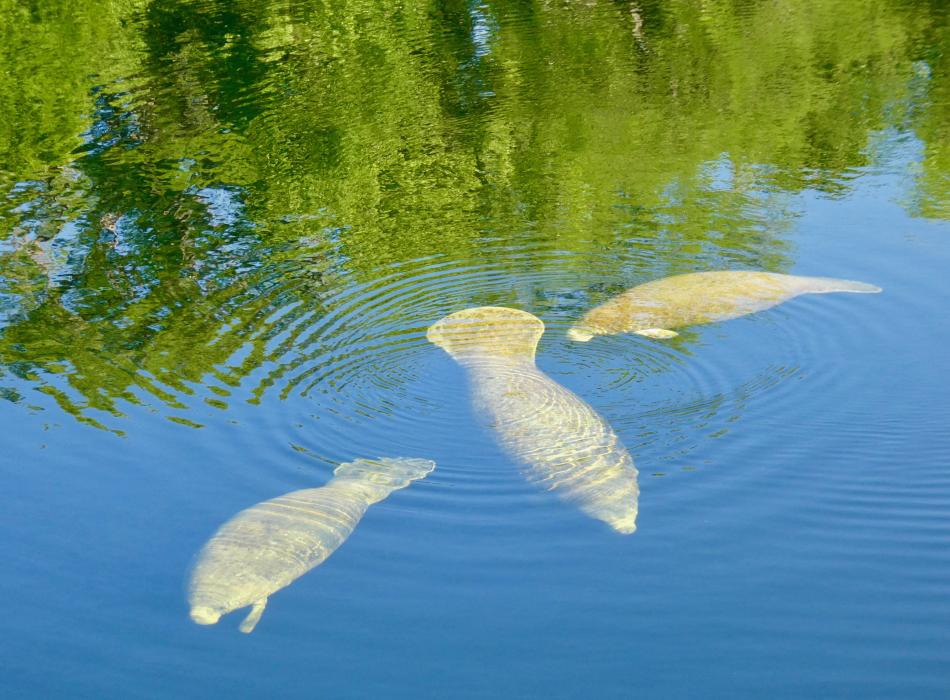
3. Florida Black Bear
As soon as they reach maturity, mother black bears dedicate their lives to raising their young. Spending the winter in dens they create in trees or on the ground, the black bear mom will give birth to several cubs, usually two or three.
Over the next year and a half, she’ll spend her days protecting her young while teaching them the skills they’ll need to survive in the wild. Once the young bears are off on their own, she’ll start preparing for her next litter: Black bear moms usually have a litter every two years, meaning their work is never done.
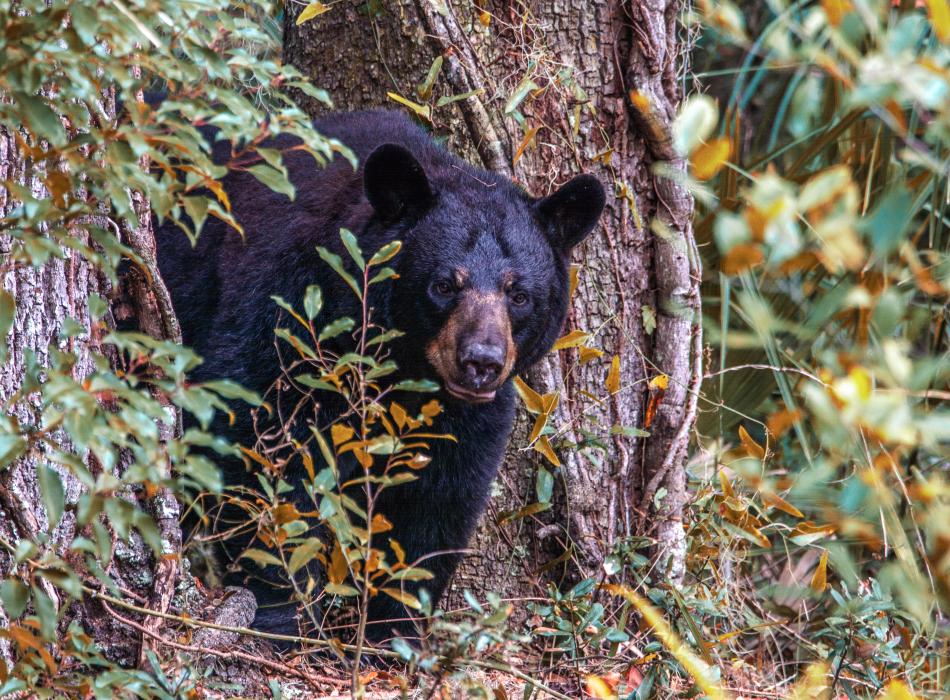
4. Virginia Opossum
As marsupials, opossums raise their young in a pouch along their stomach, where the babies can safely nurse on her milk as they grow larger and stronger.
Once the young are big enough, they often climb out of her pouch and ride on her back. It’s not uncommon to see a mother opossum carrying up to 11 little ones at a time! That’s quite a workout for one opossum.
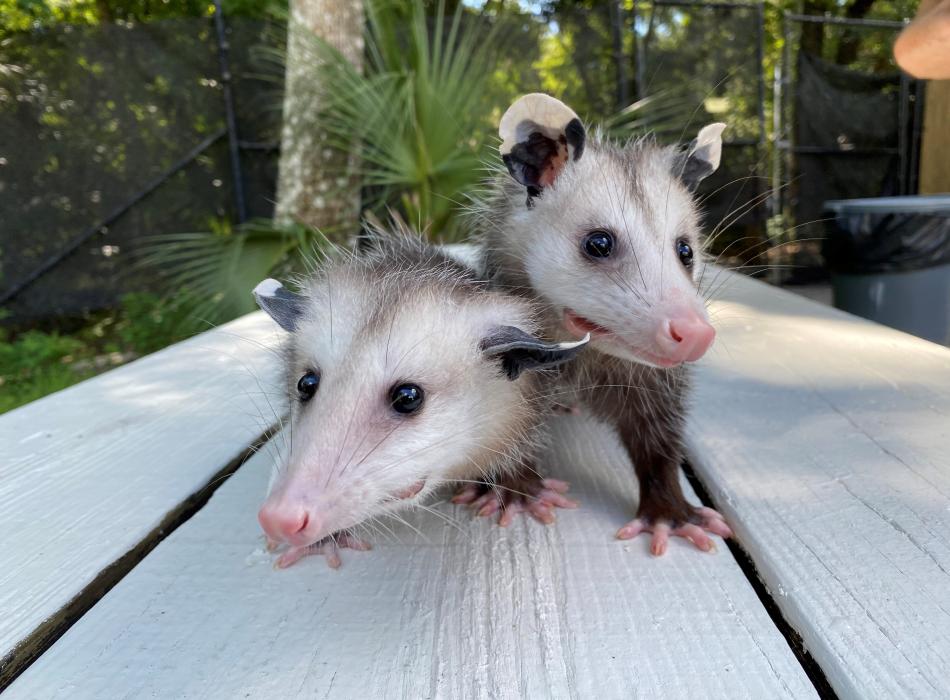
5. Sea Turtles
Although they spend most of their lives in the water, sea turtles come ashore during the summer months each year to lay their eggs. Dragging themselves onshore with their flippers, they dig out a nest in the sand and lay their eggs within. They then spend up to an hour carefully burying the eggs and hiding the nest site to protect the developing eggs from predators that would dig them up for an easy meal.
Though life for baby sea turtles is far from easy, none would ever make it to hatching if not for their dedicated mothers.
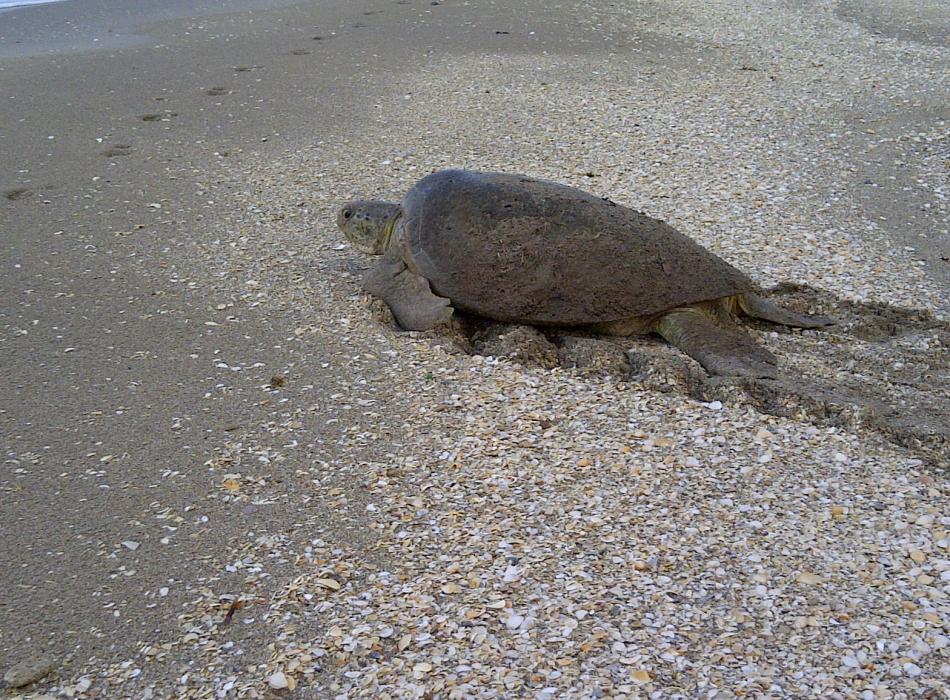
This article was published in the Real Florida ℠ Connection, the Florida State Parks e-newsletter. Sign up to get updates and stories from your state parks the first week of every month.
